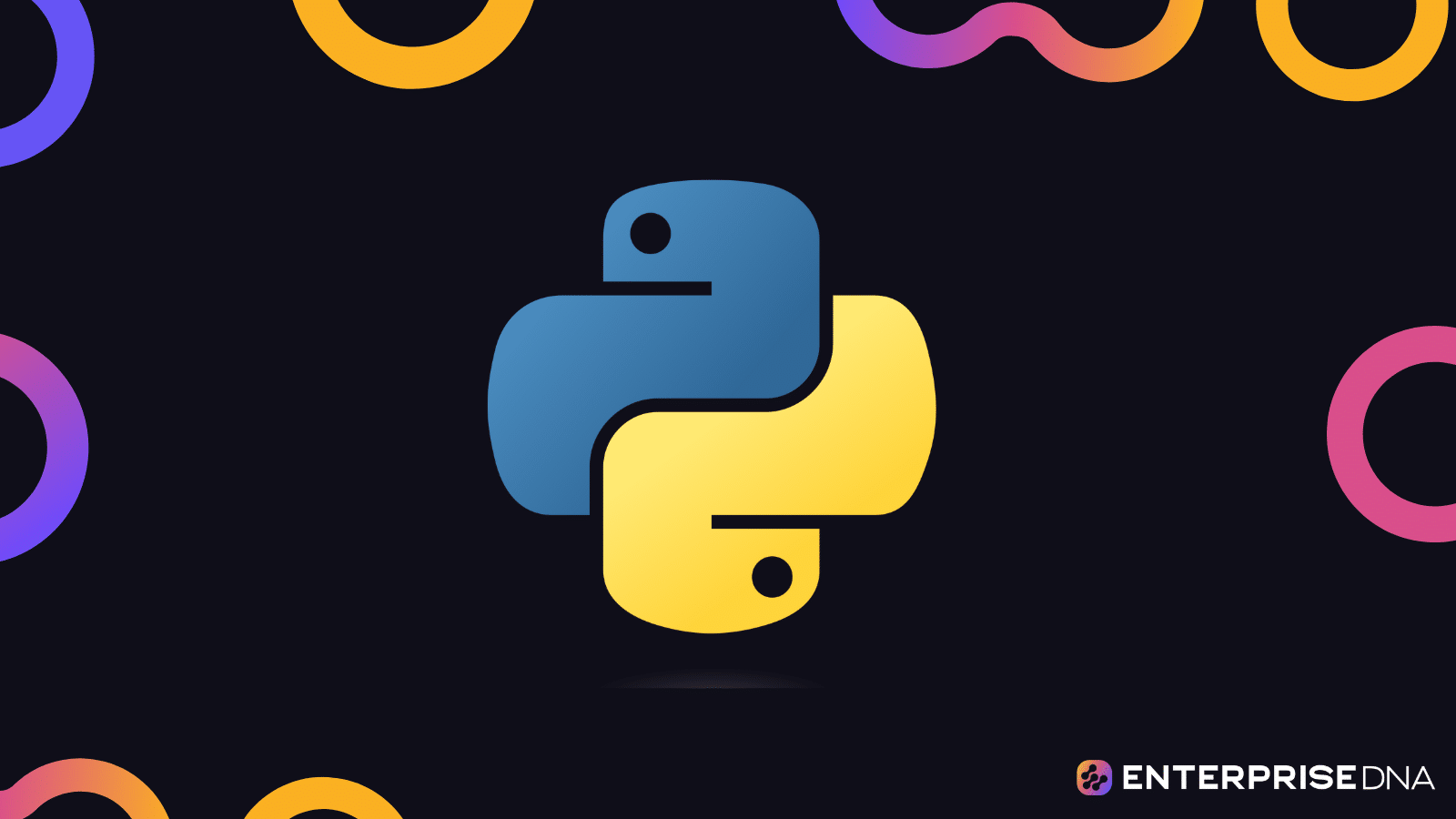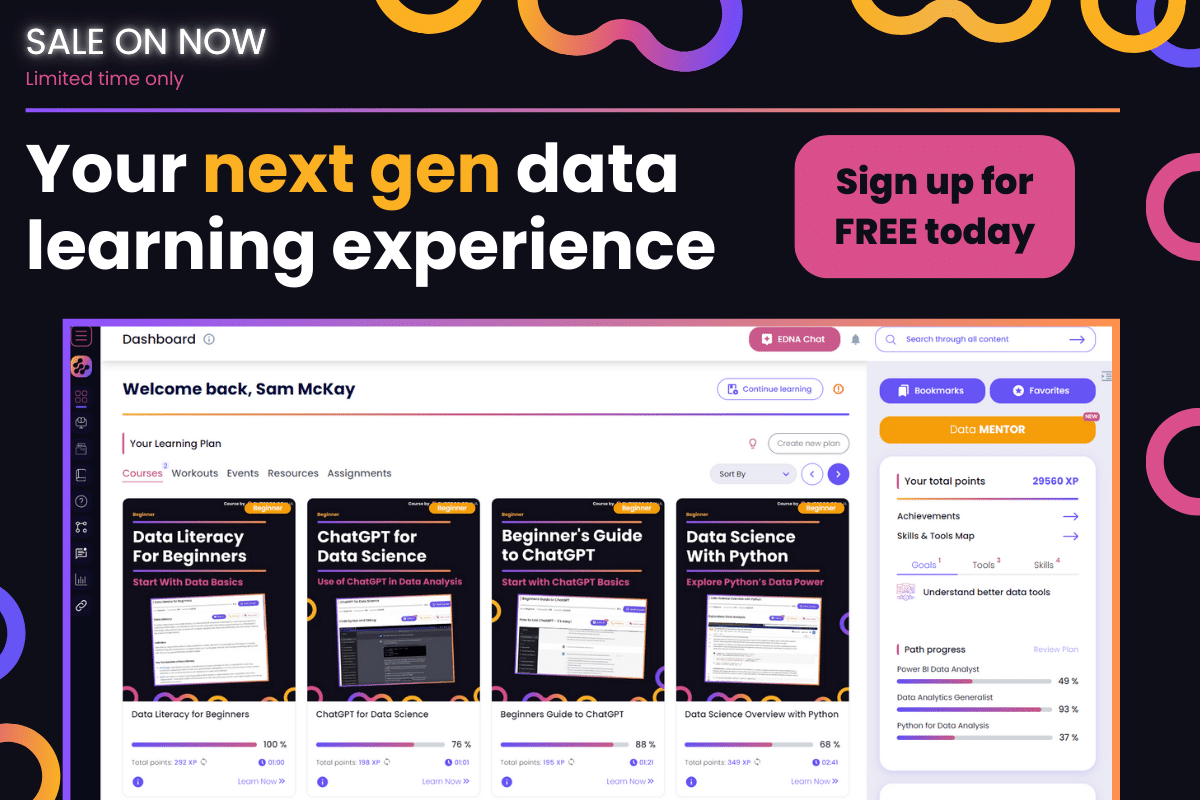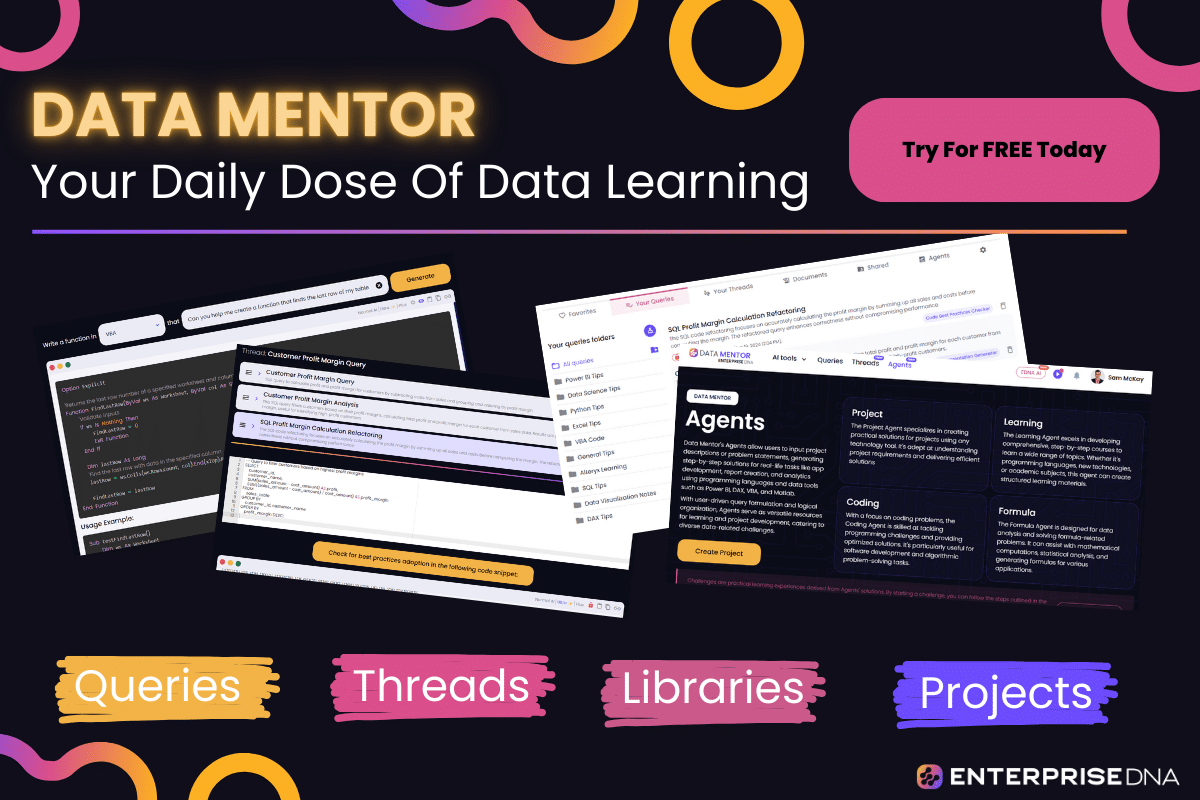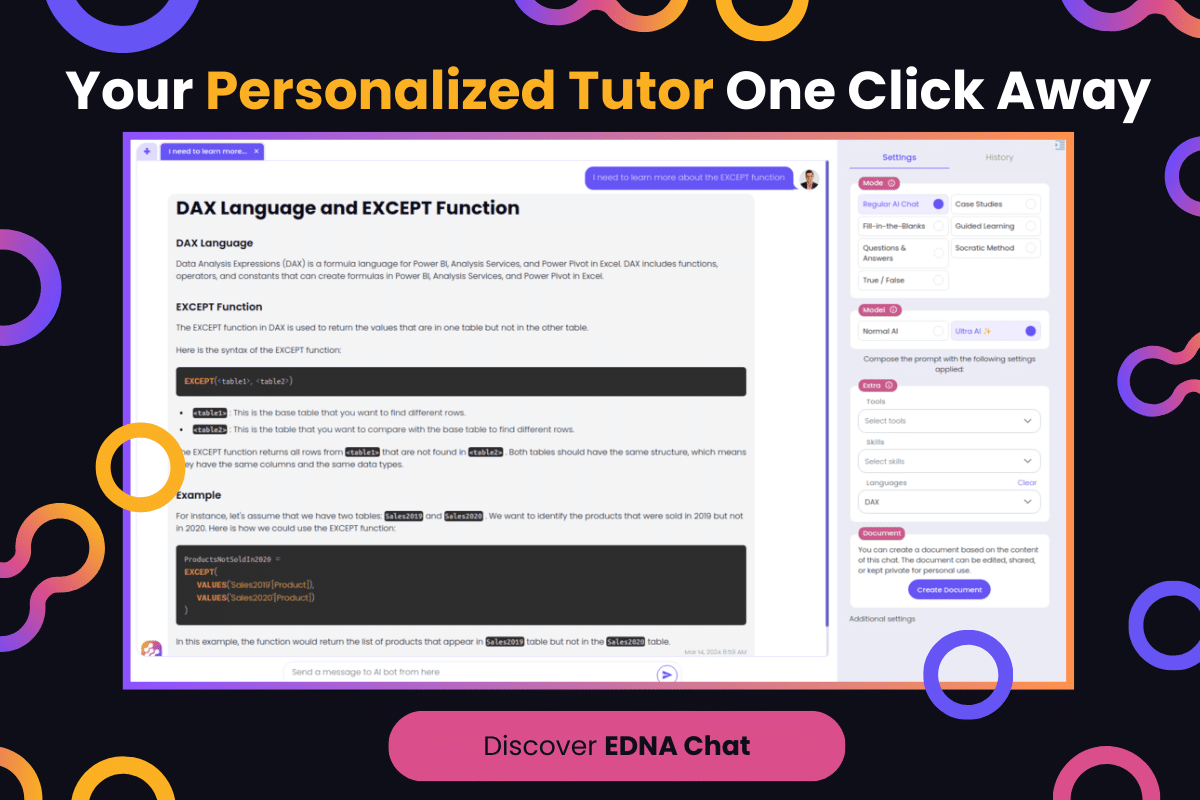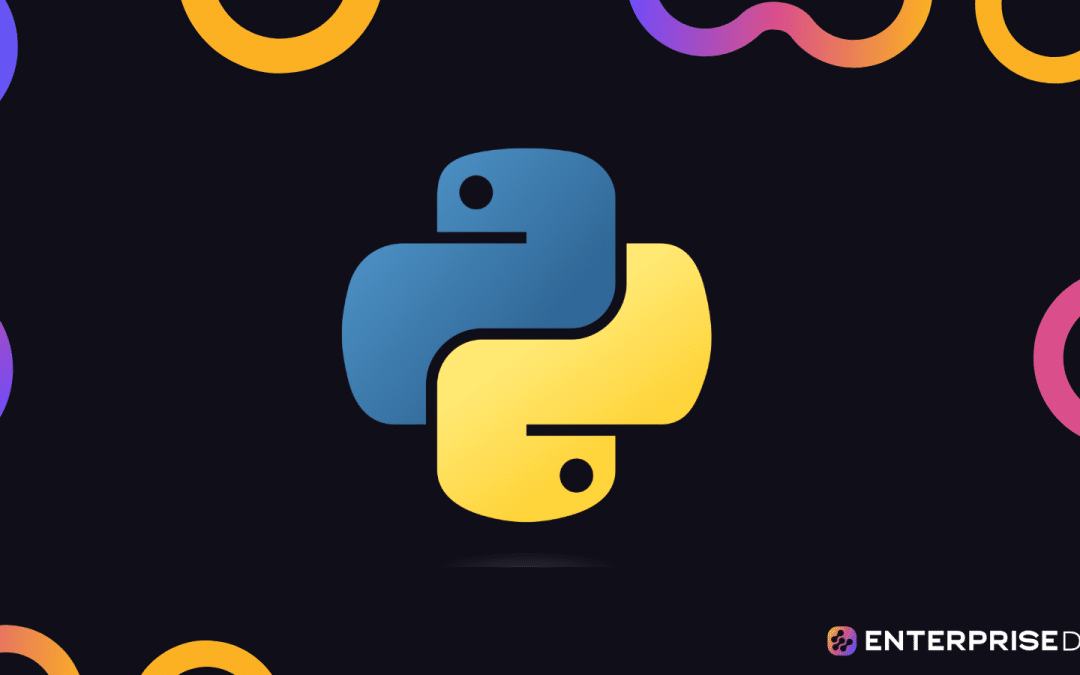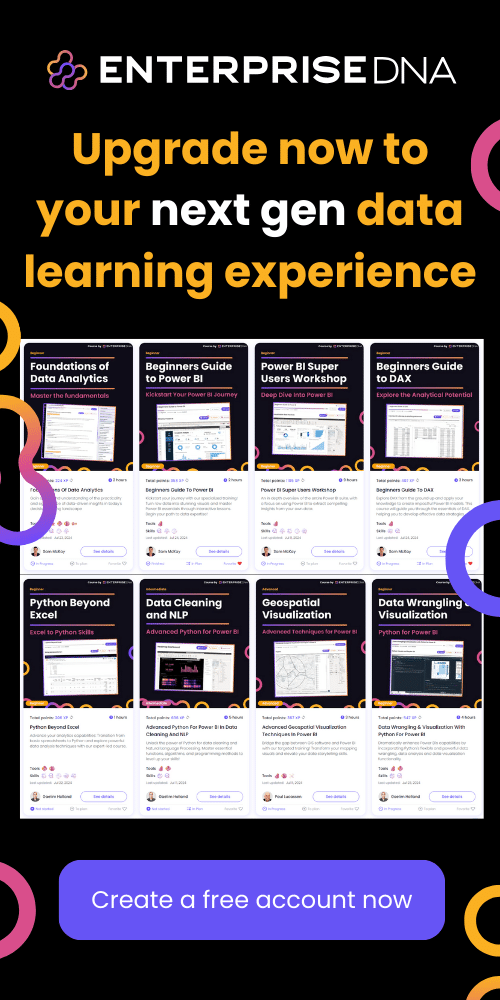Introduction to Data Visualization in Python
Setting Up the Environment
- Ensure you have Python installed on your machine. You can download it from python.org.
- Install the required libraries using
pip.
Importing Libraries
Start by importing the necessary libraries.
Basic Plotting with Matplotlib
Line Plot
Bar Plot
Scatter Plot
Enhanced Plotting with Seaborn
Histogram
Box Plot
Pair Plot
Conclusion
This covers the basic introduction to data visualization in Python using Matplotlib and Seaborn. By following these examples, you can create various types of plots to visualize your data effectively.
Setting Up the Environment
To set up the environment for a project involving Seaborn and Matplotlib for data visualization in Python, follow these steps. This guide assumes you have already conducted basic setup instructions and have Python installed.
Step 1: Create a Virtual Environment
Navigate to your project directory:
Create a virtual environment:
Activate the virtual environment:
- On Windows:
- On macOS/Linux:
- On Windows:
Step 2: Install Required Libraries
Upgrade pip:
Install Seaborn and Matplotlib:
Verify installation by checking the versions:
Step 3: Set Up Jupyter Notebook (Optional but Recommended)
Install Jupyter Notebook:
Start Jupyter Notebook:
- Navigate to the provided URL, typically
http://localhost:8888/tree, in your web browser.
- Navigate to the provided URL, typically
Step 4: Configure Matplotlib Defaults (Optional)
Create a configuration file:
Alternatively, save these settings in a Python script called
plot_config.pyfor future reuse:- Then, you can import and use
set_plot_defaults()in your main scripts.
- Then, you can import and use
Step 5: Test the Environment Setup
- Create a simple test script or Jupyter Notebook cell:
This will create a scatter plot using the Iris dataset, ensuring that your environment is correctly set up for data visualization with Seaborn and Matplotlib in Python.
Basic Plots with Matplotlib
Below are examples of creating basic plots using Matplotlib:
Line Plot
Scatter Plot
Bar Plot
Histogram
Pie Chart
By following these implementations, you can create various basic plots using Matplotlib to visualize different types of data effectively.
Basic Plots with Seaborn
Seaborn is a Python visualization library based on Matplotlib that provides a high-level interface for drawing attractive and informative statistical graphics. In this section, we will cover how to create some basic plots with Seaborn.
Importing Libraries
Loading Example Dataset
We will use the built-in ‘tips’ dataset in Seaborn for our examples.
Scatter Plot
Scatter plots are used to observe relationships between variables.
Line Plot
Line plots are used to visualize data points by connecting them with lines.
Histogram
Histograms are used to visualize the distribution of a single numerical variable.
Box Plot
Box plots are used to show the distribution of quantitative data and compare between groups.
Bar Plot
Bar plots are useful for visualizing the count or mean of a categorical variable.
By following the code snippets above, you can create various basic plots using Seaborn to visualize your data effectively. You can customize these plots further by referring to the Seaborn documentation for additional parameters and styling options.
Customizing Plots in Matplotlib
To customize plots in Matplotlib, we will look at different aspects such as title, axis labels, legend, and styles.
1. Importing Libraries
First, ensure that you have imported the necessary libraries:
2. Generating Sample Data
Create some sample data for demonstration.
3. Basic Customizations
3.1 Setting Titles and Labels
3.2 Adding a Legend
3.3 Customizing Lines and Markers
3.4 Adding a Grid
3.5 Adjusting Axis Limits
3.6 Applying Styles
Matplotlib comes with several styles. Applying them can drastically change the appearance of your plot.
3.7 Displaying the Plot
Full Example
Bringing it all together, here’s a full example:
You now have a plot with customized titles, labels, legends, styling, and other elements that enhance its visual clarity and aesthetic appeal. This code can be directly run in a Python environment where Matplotlib is installed.
Customizing Plots in Seaborn
Customizing Seaborn plots involves modifying aesthetics, axes, titles, legends, and other elements to make the visuals more informative and appealing. Below are practical implementations to achieve these customizations:
Import Necessary Libraries
Basic Plot Customization
- Customizing Colors
- Adding Titles and Labels
- Customizing Axes
- Adding Annotations
Advanced Plot Customization
- Customizing Legends
- FacetGrid for Complex Customization
- Customizing Grids and Styles
Display Plot
By integrating these codes into your Seaborn workflow, you can effectively customize various aspects of your visualizations to enhance readability and presentation quality.
Advanced Visualization Techniques with Matplotlib
1. Introduction
In this section, we will explore advanced visualization techniques using Matplotlib. We will cover the following topics:
- Subplots and Combining Multiple Plots
- 3D Plots
- Customizing Color Maps
- Creating Animations
2. Subplots and Combining Multiple Plots
Code Example
3. 3D Plots
Code Example
4. Customizing Color Maps
Code Example
5. Creating Animations
Code Example
These examples illustrate some advanced visualization techniques you can use with Matplotlib to enhance your data visualizations in Python.
Advanced Visualization Techniques with Seaborn
In this section, we’ll cover some advanced visualization techniques using Seaborn to help you create more informative and beautiful visualizations. We will explore:
- Heatmaps
- Pairplots
- FacetGrid
- JointPlots
- Violin Plots
Heatmaps
Heatmaps are useful for visualizing matrix-like data, showing patterns within the data matrix.
Pairplots
Pairplots are used to visualize relationships between multiple variables in a dataset.
FacetGrid
FacetGrid is used for plotting multiple graphs based on the categories of a variable.
JointPlots
JointPlots are useful for visualizing the relationship between two variables along with their marginal distributions.
Violin Plots
Violin plots are used for visualizing the distribution of the data and its probability density.
You can integrate these advanced techniques into your existing project to elevate the quality and informativeness of your visualizations.
Comparative Analysis of Seaborn and Matplotlib
9. Comparative Analysis of Seaborn and Matplotlib
For this section, we will perform a comparative analysis of Seaborn and Matplotlib by generating similar visualizations using both libraries. This will illustrate their differences in terms of syntax, aesthetics, and functionalities.
Dataset
To ensure a fair comparison, we will use the same dataset for both Seaborn and Matplotlib. Let’s use the famous Iris dataset for this comparison.
Code Implementation
Importing Libraries
Scatter Plot Comparison
Seaborn Implementation
Matplotlib Implementation
Histogram Comparison
Seaborn Implementation
Matplotlib Implementation
Pair Plot Comparison
Seaborn Implementation
Matplotlib Implementation
Conclusion
From these examples, we see that:
- Seaborn provides a higher-level API for creating statistical graphics, providing built-in themes, and color palettes to make it easy to create aesthetically pleasing and complex visualizations.
- Matplotlib is more versatile and offers a more granular level of control over the style and layout of plots. However, it often requires more lines of code to achieve the same results as Seaborn.
This comparative analysis should give you a practical understanding of when to use each library and help you appreciate their respective strengths in data visualization tasks.
Case Studies and Practical Applications
Case Study 1: Analyzing Sales Trends with Matplotlib and Seaborn
Problem Statement:
A retail company wants to analyze its sales data over the past year to identify trends and make data-driven decisions. We will use Matplotlib for detailed customization and Seaborn for quick and informative visuals.
Data Preparation:
Assume we have the following columns in our sales data:
date: The date of the sales entrysales: The amount of salescategory: Product category
Implementation:
Case Study 2: Visualizing Customer Demographics
Problem Statement:
A marketing team needs to understand the demographic distribution of customers to tailor their marketing strategies. We will create visualizations to highlight age and income distributions among customers.
Data Preparation:
Assume we have the following columns in our customer data:
customer_id: Unique identifier for customersage: Age of the customerincome: Income of the customer
Implementation:
Case Study 3: Performance Metrics Visualization
Problem Statement:
A software development team wants to visualize key performance metrics such as code commits, bug fixes, and feature deployments over time.
Data Preparation:
Assume we have the following columns in our performance metrics data:
week: The week of the recordcommits: Number of code commitsbug_fixes: Number of bug fixesfeature_deployments: Number of new features deployed
Implementation:
These case studies provide real-world applications demonstrating how to leverage Matplotlib and Seaborn for data visualization in different scenarios. This implementation covers various aspects of data visualization, including temporal trends, categorical distributions, and performance metrics, making it readily applicable for practical usage.

